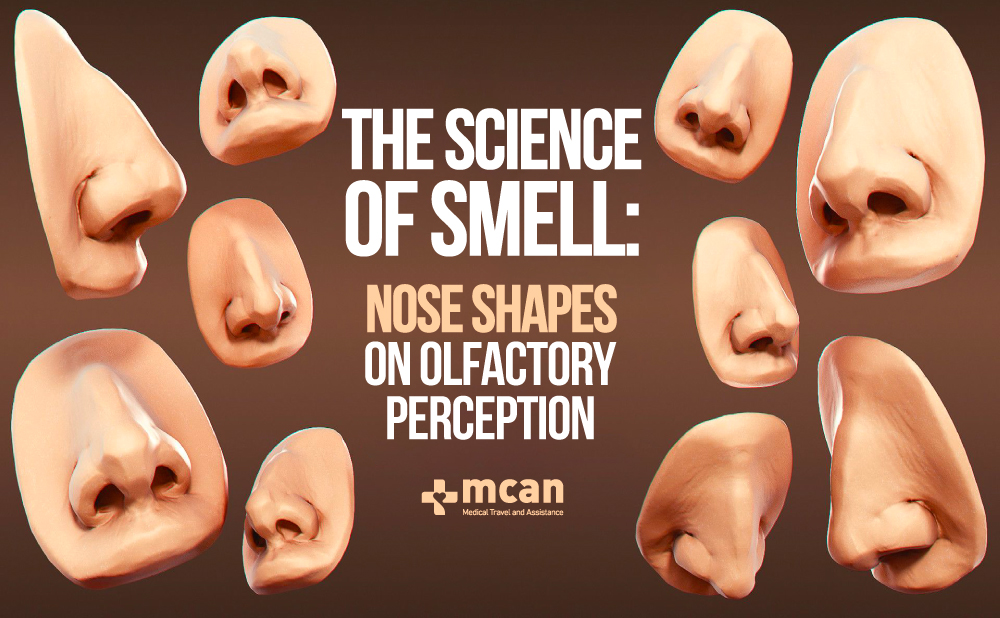
Did you know that olfaction, or the sense of smell, has a significant impact on human behavior and that our nose shapes can affect how we smell? Yes, they are all connected somehow! It’s fascinating to think that something as intangible as a scent can shape our experiences and actions. For example, certain smells have been found to modulate heart rate variation, meaning they can either calm us down or rev up our heart rate. Have you ever noticed how a particular aroma can make you feel more relaxed or energized? Additionally, different scents can impact our subjective evaluation of pain. Some smells may have an analgesic effect, making us perceive pain as less intense, while others can amplify our discomfort. It’s incredible to consider the profound effects that smell can have on our nervous system and how they interact with our emotions and sensations.
It also helps us detect potential dangers, such as spoiled food or gas leaks and contributes to our ability to appreciate the flavors in food and beverages. Whether it’s the comforting aroma of freshly baked cookies or the invigorating scent of blooming flowers, our olfactory experiences shape our perceptions and add depth to our interactions with the world around us.
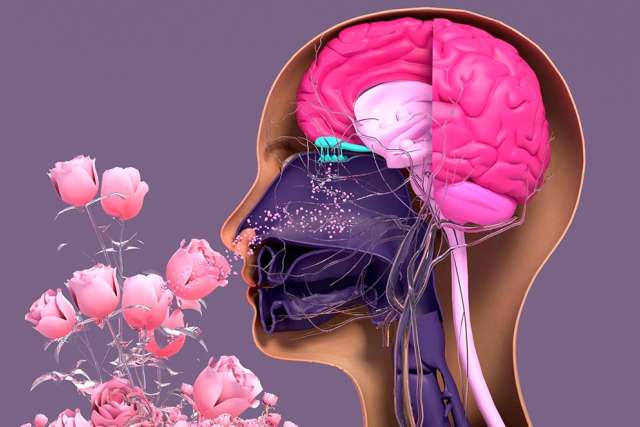
The Nose Knows: From Love to Rotten Cabbage, Unveiling the Scent-sational Secrets of our Trusty Sniffer
Did you know that our noses possess more than 400 scent receptors, enabling us to perceive an incredible variety of approximately one trillion distinct smells? Through meticulous tests using customized odor mixtures, researchers from Rockefeller University and the Howard Hughes Medical Institute (HHMI) estimated that the average person could differentiate at least one trillion odors, showcasing the remarkable sensitivity of our noses, surpassing that of any other organ.
Interestingly, research suggests that women may possess a natural talent for identifying scents. This ability could be linked to the larger smell-processing region in their brains, which is approximately 50 percent larger than that of men. Additionally, during pregnancy, women often experience an enhanced sense of smell, leading to unique cravings. This fascinating phenomenon can be attributed to the powerful influence of scent on our sense of taste, with aroma accounting for approximately 80 percent of our perception of flavor.
Our noses are not just for detecting smells; they can also sense emotions. Researchers at Utrecht University discovered that we have the ability to sniff out chemical signals released by others, allowing us to detect emotions like fear and disgust. Moreover, our noses can pick up on pheromones emitted by the other person, which act as subtle indicators of sexual arousal. These pheromones carry information about an individual’s reproductive status and can trigger a subconscious response in potential mates, regardless of their gender or sexual orientation. While the exact mechanisms are still being studied, research suggests that our noses have the ability to detect and respond to these chemical signals, influencing our perception of sexual attraction. Our noses are like curious detectives, picking up on these subtle scent clues and playing their part in the captivating and diverse world of human desire. Who knew our sense of smell could be such a sneaky wingman/wing woman in the game of love?


Androstenol, found in fresh male sweat, is attractive to women. Androstenone, from stale male sweat, is unattractive.
Ah, the mighty nose! While it can do wonders, it does have its limitations. It seems our sniffers are a bit clueless when it comes to detecting certain deadly scents, like natural gas and carbon monoxide. Luckily, gas companies came to the rescue with a stinky solution—adding a whiff of methyl mercaptan, a gas that smells like rotten cabbage, to natural gas. It’s like a warning sign for our noses!
This extraordinary sensory organ adds a delightful dimension to our experiences, making life all the more vibrant and flavorful. So, next time you catch a captivating scent, take a moment to appreciate the remarkable capabilities of your trusty nose!
Do Nose Shapes Hold the Key to the Unique Scent Perception?
Have you every thought that our nose shapes could actually affect our ability to smell? Thinking how many different nose shapes there are, it is crazy to imagine how we all perceive what we smell! When we encounter a scent, odor molecules waft through the air and find their way into our nasal passages. Our trusty olfactory receptors, armed with their specialized receptor proteins, eagerly await their arrival. Once the odor molecules bind to these receptors, a signal is sparked, setting off a chain reaction of electrical impulses along the olfactory nerve.
These impulses travel to our brain’s olfactory bulb, where the magic happens. The limbic system, which controls our emotions and memories, receives the information after being processed by the olfactory bulb and sent to other brain areas. So, even though we might not give it much thought, the process of detecting and interpreting smells in our bodies is an intriguing and amusing adventure.
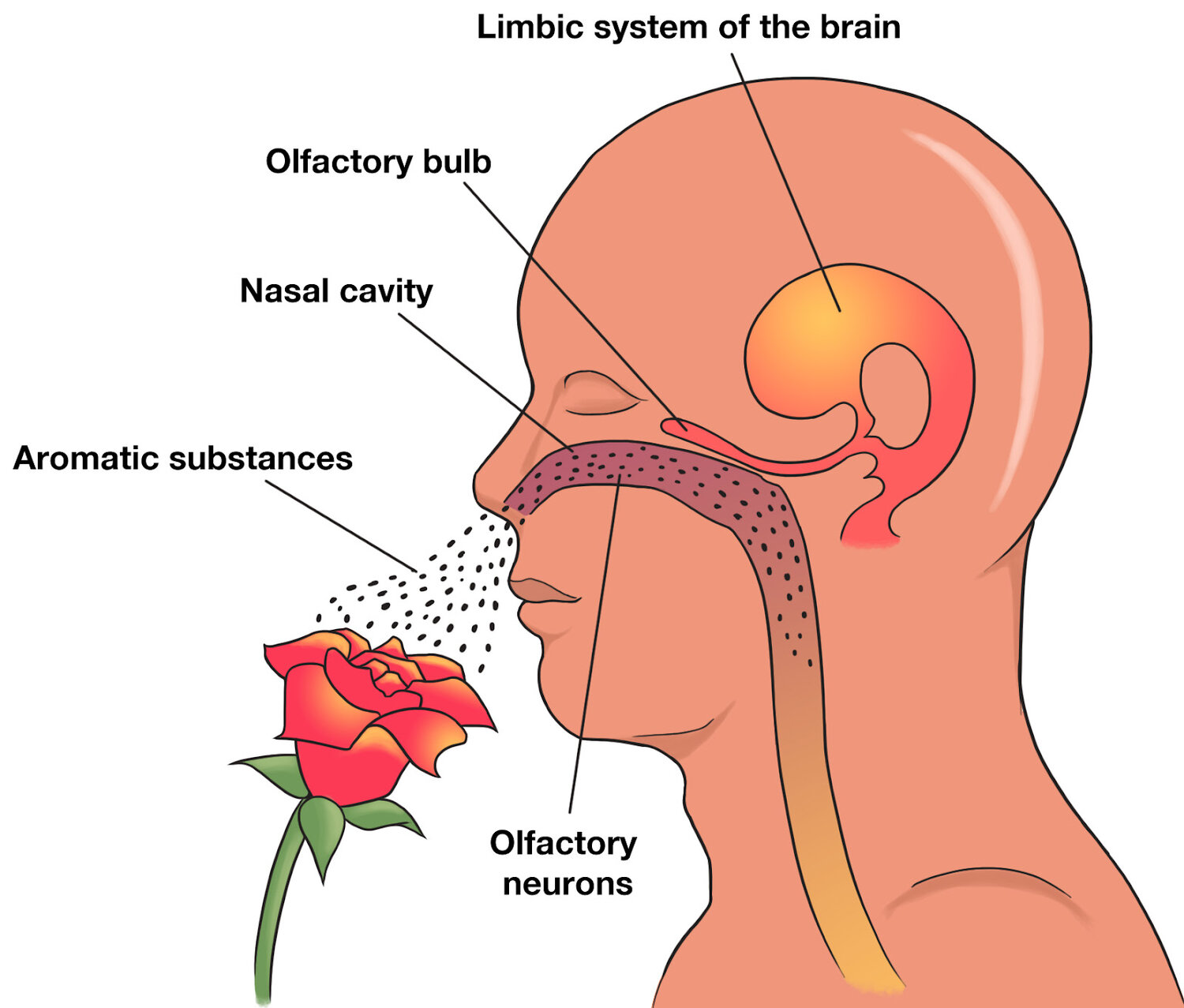
So, is there a connection between our nose shapes and the sense of smell? Well, researchers are sniffing around to find out! While we don’t have all the nitty-gritty details yet, there might be a link between the way the nose shapes and how well we pick up scents.
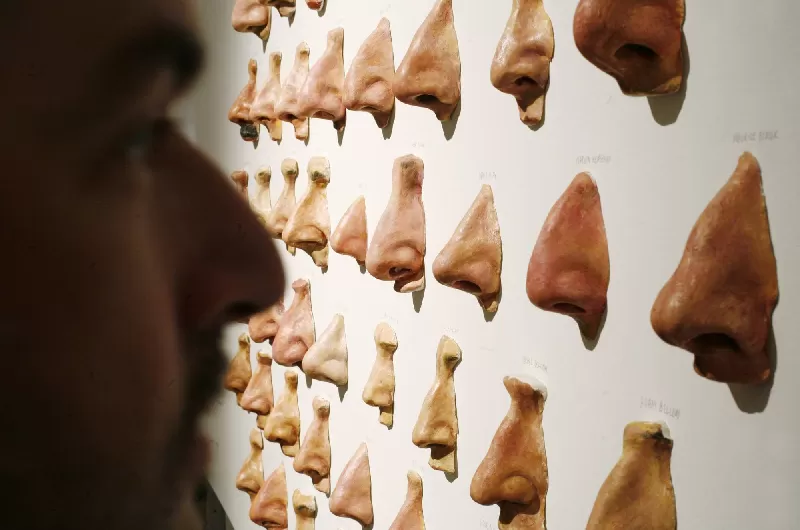
Types of nose shapes </ In a quest to unravel the connection between nasal anatomy and our sense of smell, researchers delved into the fascinating world of noses. Rous and Kober embarked on a study with 50 patients, using fancy techniques like rhinomanometry and olfactory threshold measurements. And guess what they found?
Once a certain level of obstruction is reached, narrowing of the uninasal passages leads to an elevated olfactory threshold. Translation: If you have a narrow nose with slender nasal bones, your sniffer might be super sensitive!
But that’s not all! Vainio-Mattila joined the nose discovery party and explored the relationship between specific nasal areas and olfactory prowess. He noticed that folks with wider nostrils near the nasal tip or a larger space just behind the nasal valve tended to have a better sense of smell. A roomier nose for a more aromatic adventure, perhaps?
This may be the reason why Ilja Gort, the Dutch writer, television producer, and wine producer, is renowned for his exceptional sense of smell, particularly when it comes to wine! He is known as a skilled wine taster and has developed a reputation for his ability to discern various aromas and flavors in wines. Gort’s heightened olfactory senses allow him to detect subtle nuances in wines, helping him evaluate and appreciate their quality.
But that’s not all that makes Gort stand out in a crowd (or a vineyard). It’s his unmistakable, nose-tacular feature that steals the show. With a long, pointed nose that could make Pinocchio envious, Gort has turned his prominent nose into a personal trademark. Move aside, ordinary noses; Gort’s got the scent game on!
And here’s gossip for you: it’s been whispered that Gort has insured his finely tuned sense of smell for a jaw-dropping $8 million! That’s right, folks, his olfactory prowess is so precious that it needed its very own insurance policy. It’s a nose worth more than a treasure trove of rare vintages, and it’s got the price tag to prove it.

Ilja Gort
Now, let’s talk about the power of nose shapes surgery. Goldwyn, Shore, and Kittel and Waller jumped on the surgical bandwagon to see how it affected olfactory abilities. And guess what? Some of their patients experienced an improvement in their sniffing skills post-surgery with their new nose shapes! Those with wild septal deviations before the procedure had the greatest chances of a fragrance-filled upgrade.
In conclusion, the fascinating world of noses, nose shapes and their connection to our sense of smell continues to captivate researchers. Studies have shown that certain nasal anatomical features, meaning different nose shapes, such as narrow nasal passages or wider nostrils, can influence olfactory abilities. This sheds light on the exceptional sense of smell possessed by individuals like Ilja Gort, whose prominent and distinctive nose shape has become his trademark. Nasal surgery has also shown promising results, improving smelling capabilities, particularly for patients with septal deviations.
Gülsultan Dogan, the CEO of MCAN Health, highlights the transformative benefits of rhinoplasty. According to the CEO, hundreds of patients’ experiences have shown that rhinoplasty can unlock a world of delightful aromas and enhance sensory experiences beyond enhancing aesthetics. With a nose that becomes a sensory superhero, patients can indulge in the complex scents of flowers, the enticing aroma of coffee, and the flavorful notes of fine wine. The most natural-looking nose shapes for the face is the goal of rhinoplasty, which also brings a new level of olfactory pleasure to daily life. If you are thinking about getting a rhinoplasty in Turkey, mcan health is more than happy to help you!


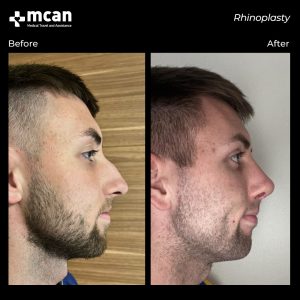
MCAN Health’s rhinoplasty patients with different nose shapes
